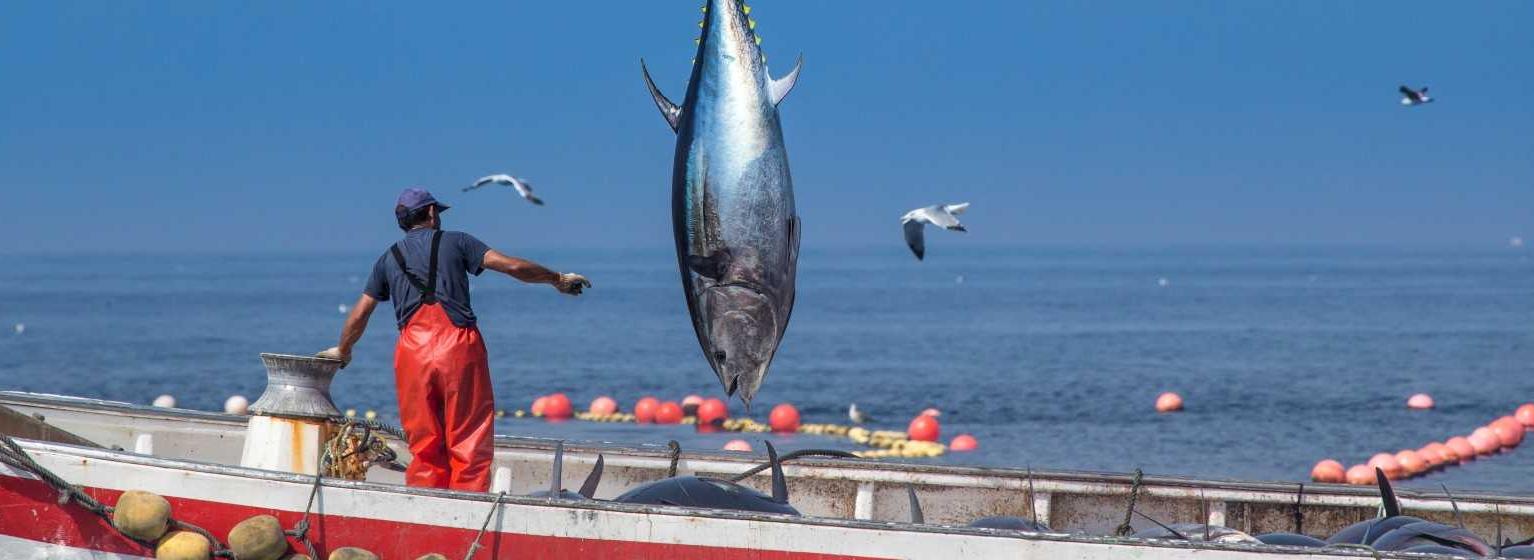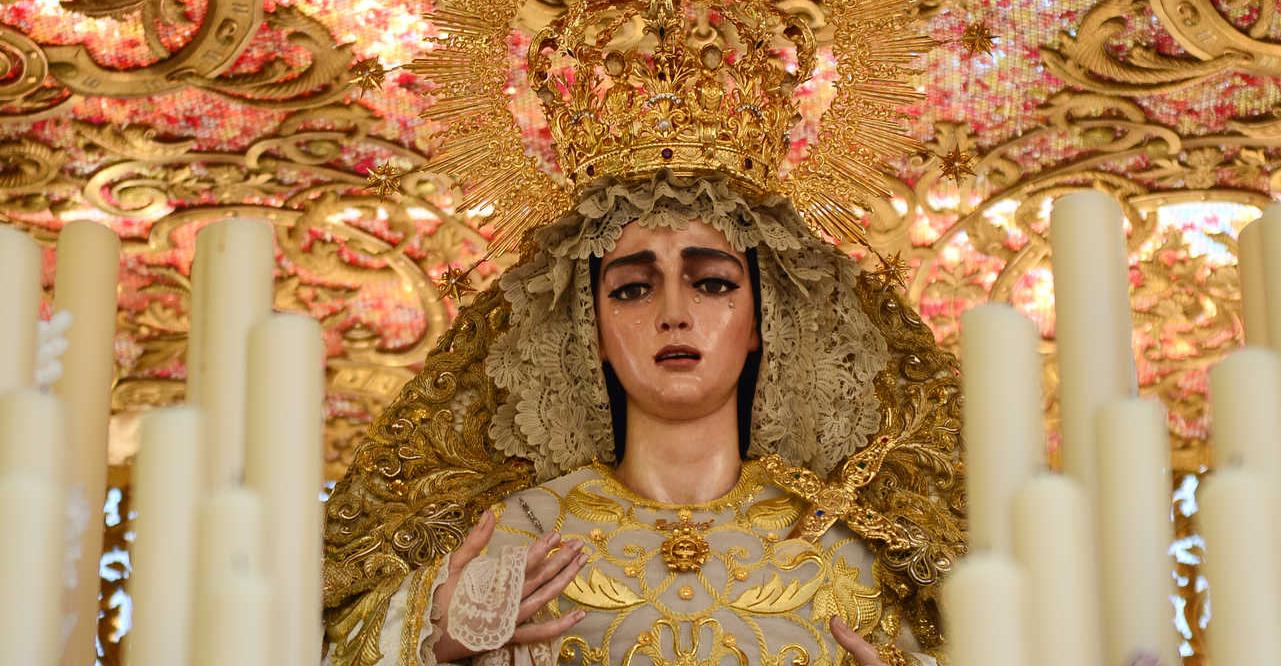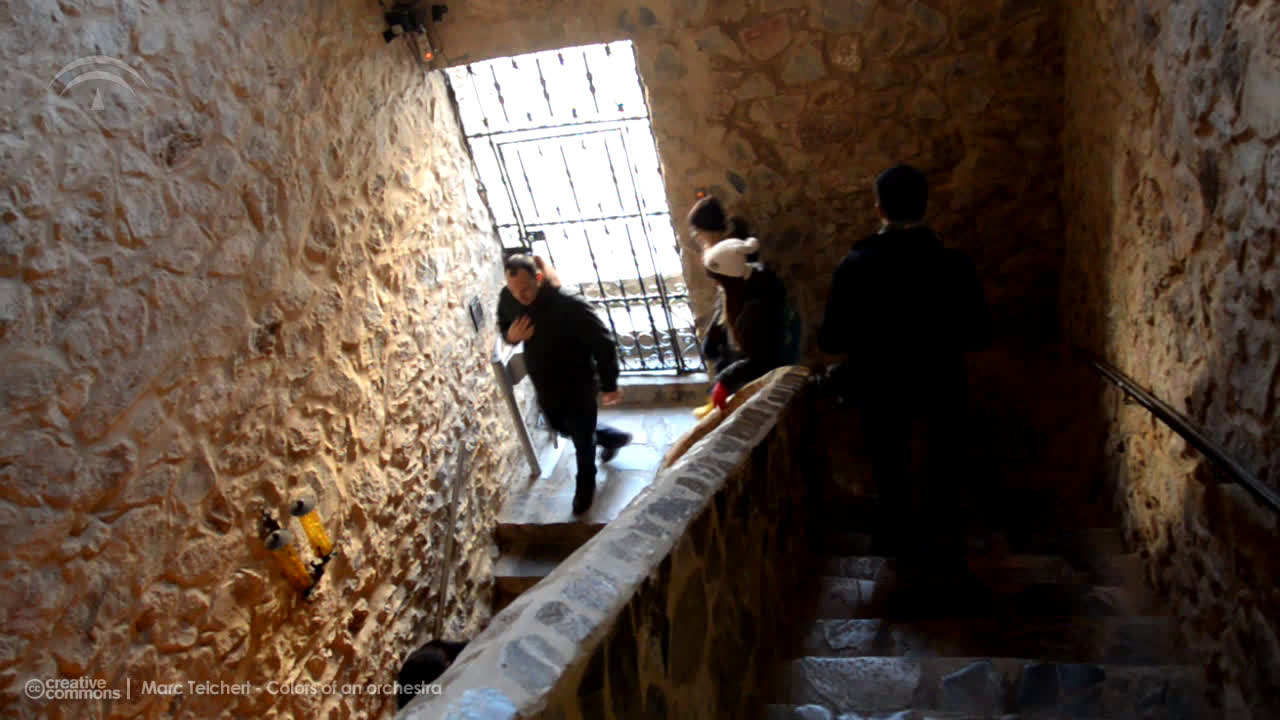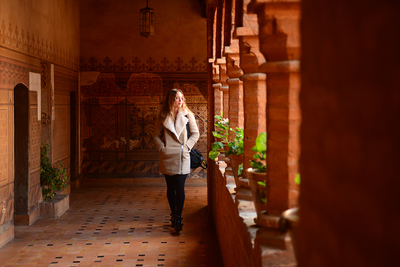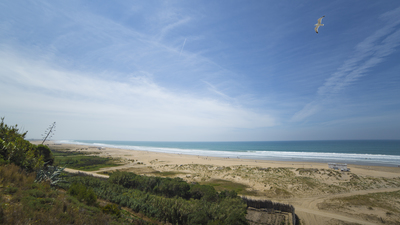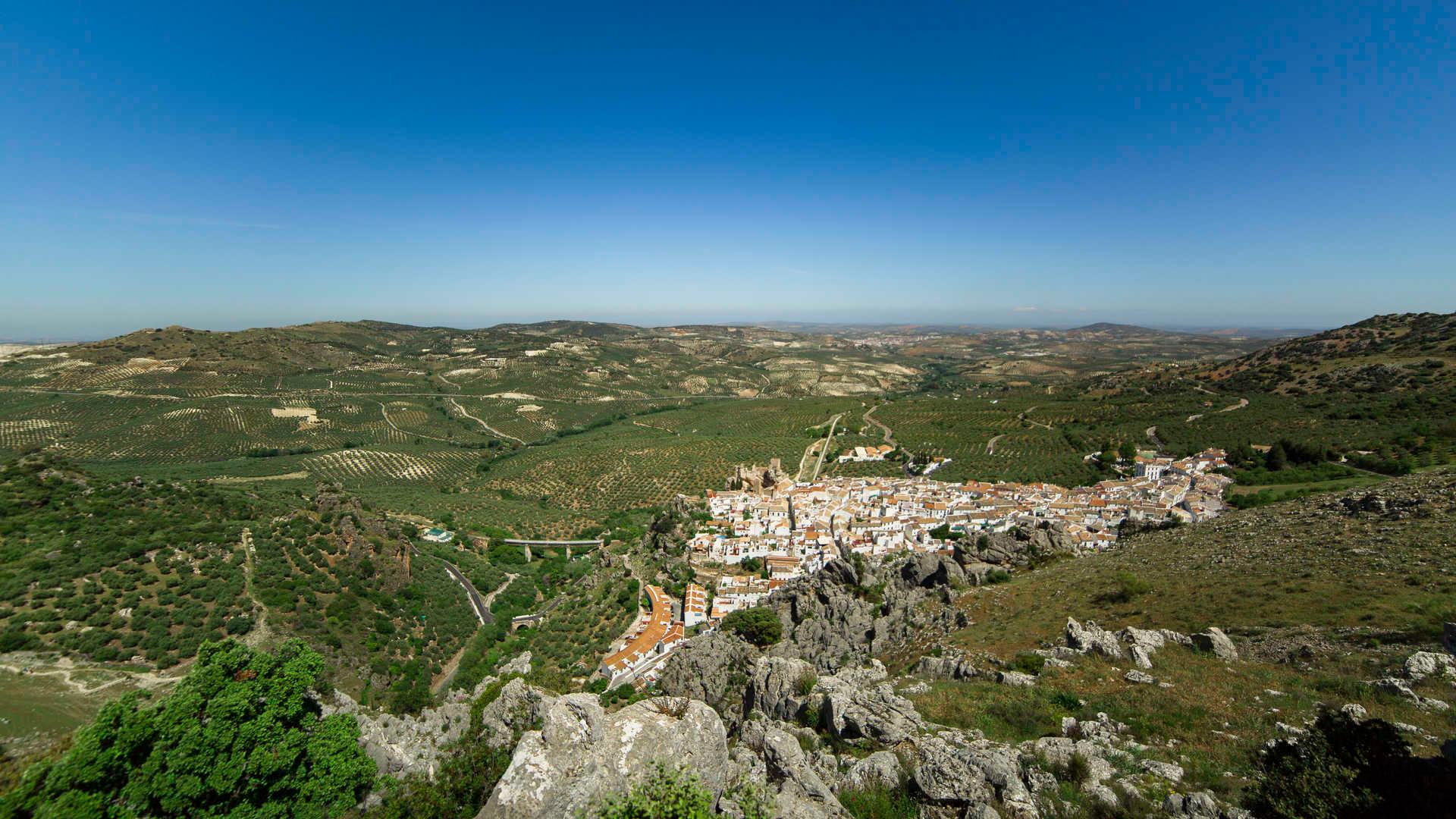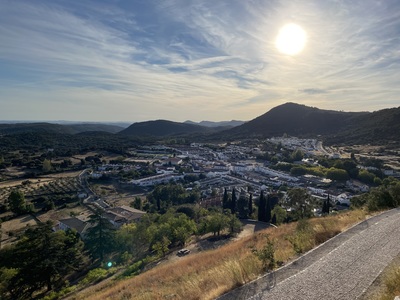The Sierras de La Sagra and Segura and the Segura lamb
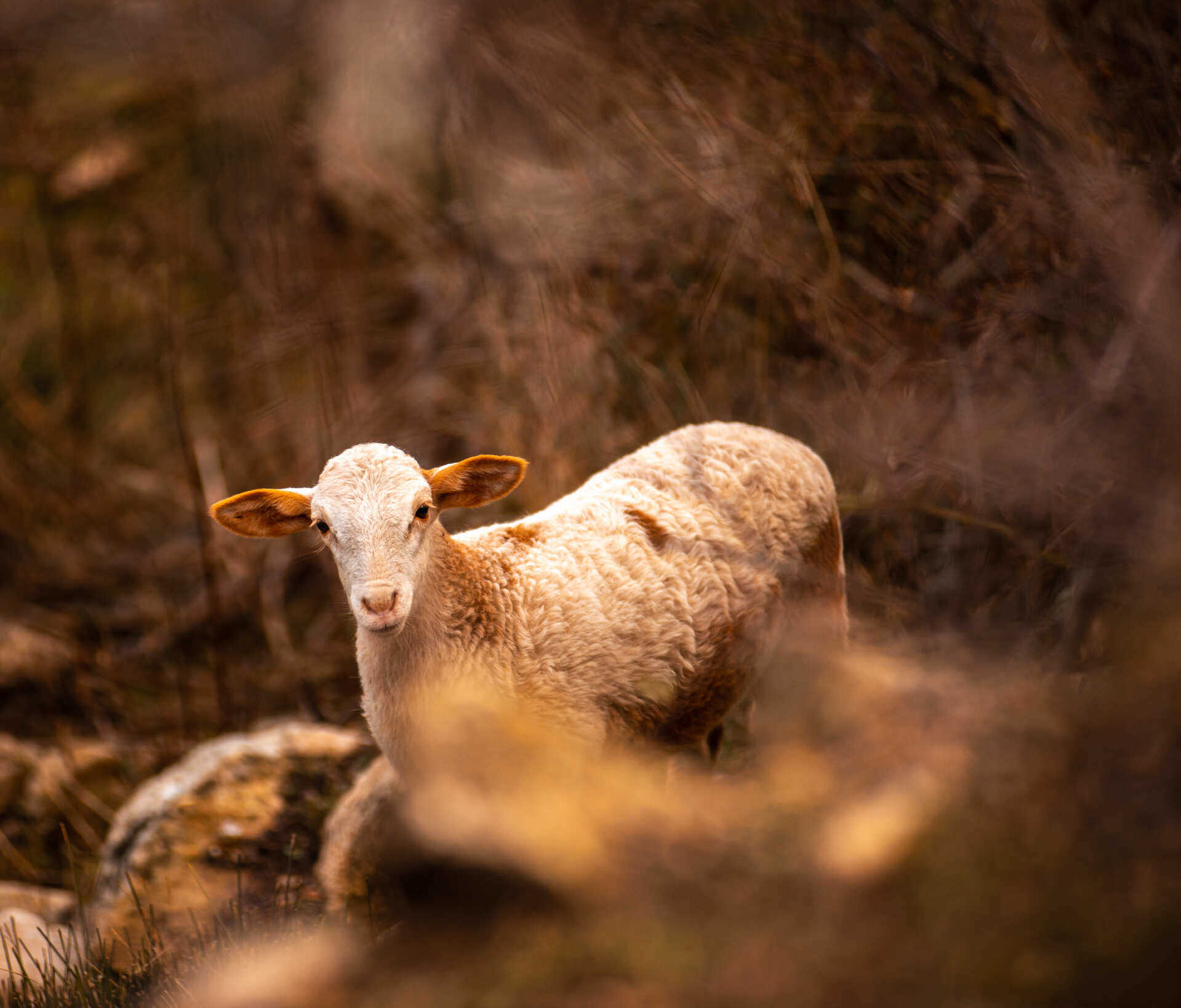
The La Sagra, Segura and María mountains are the perfect setting for the breeding of the Segureña sheep, and therefore of the lamb, a breed raised entirely on mountain pastures that also migrates to Sierra Morena. The Segureño Lamb Interpretation Center, in Huéscar, provides information on this ancestral culture, the migration, which still survives with the breeding of this cattle and in the activity of the most renowned inns, which are excellent places to try a 'lata' or 'can' of the sausages from the land or offal.
The migration —traditionally called veréa — continues to play a leading role in the economy and culture of the Jaén, Granada and Almería mountains. Goats, sheep and lambs from Segura make the trek twice a year in search of good weather and better pastures. In autumn they go down to the end of Sierra Morena and to the pastures and stubble of the Plateau, and at the end of spring they ascend to the Segura sheepfolds. It is a mountain race, athletic, white, with little wool and very adapted to its environment, with a clear ability to produce meat. From the entrefino breed, possibly introduced to the peninsula by the Goths in the 15th and 16th centuries, it received great influences from the Merino and La Mancha breeds.
As a breed that loves walk, it is raised in the traditional way, roaming extensively around the countryside. Thanks to the Protected Geography Indication certification under the 'Lamb from the Sierras de Segura and la Sagra' guarantee, along with the increase in its gastronomic popularity, it has increased its numbers to a million and a half, with an annual production of around 450,000 lambs a year. In, Huescar, the capital of the Segura lamb, hundreds of families live directly from their breeding.
Huescar, a locality in the Altiplano region integrated into the Granada Geopark —another reason to visit the area— offers its Segureño Lamb Interpretation Center (CICOS). This interpretive equipment introduces us to the knowledge of the breed and allows us to see what differentiates it from other more recognised ones, such as La Merina, tells us its history, its migration movements and highlights the 'stories' of its most direct protagonists: the shepherds. The exhibition space is located in the old San Francisco Church. Not to be missed, at the ends, in Sierra Morena, the 'migration' room of the Museo del Territorio, in Baños de la Encina, and the livestock route of the Burguillos meadow, in Bailén, where you can see 'torrucas' or shepherds' huts in situ, Visigoth structures of a livestock nature, modern sheepfolds and petroglyphs with inscriptions of prehistoric shepherds.
In the tourist framework, the Segureña Sheep Fair, which is held every September in Huéscar, is a great visit. In addition to technical conferences, it has an extensive program that includes livestock shows, gastronomic tasting of Segureño lamb, different contests, a flamenco festival, etc. There are many other just as important events, such as the 'Rutapa de Huéscar', a gastronomic route in June focused around lamb; the Ecological Fair of the Altiplano, in Orce, which, in addition to technical conferences, offers product tastings with Segureño lamb as the outstanding star; or the Segureña sheep exhibitions and livestock fair, which take place in the Jaén town of Santiago Pontoons.
Although symbolic, there are more and more tourist initiatives that revolve around the Segureña goat. As an example, for many years now in Jaén, at certain times of the year, tourists can travellers can follow the migration; while, in the Sierra de Maria, certain livestock farmers will invite you to spend a day as a 'shepherd', taking care of the animals and making traditional bread and cheese, etc.
A visit to the powerful natural wonder of the La Segura, La Sagra and Castril Mountains must be completed with a path that opens both your lungs and your appetite. This is an easy task considering the proximity of such emblematic resources, such as the sources of the Guadalquivir, Segura and Castril rivers. After the walk, the day ends with a good 'tin' of lamb, a tray that goes into the oven with garnish and comes out to satisfy the highest expectations. By the way, you can't leave pastoral land without tasting some excellent flour or bread 'migas'. We'll see you at the veréa!


